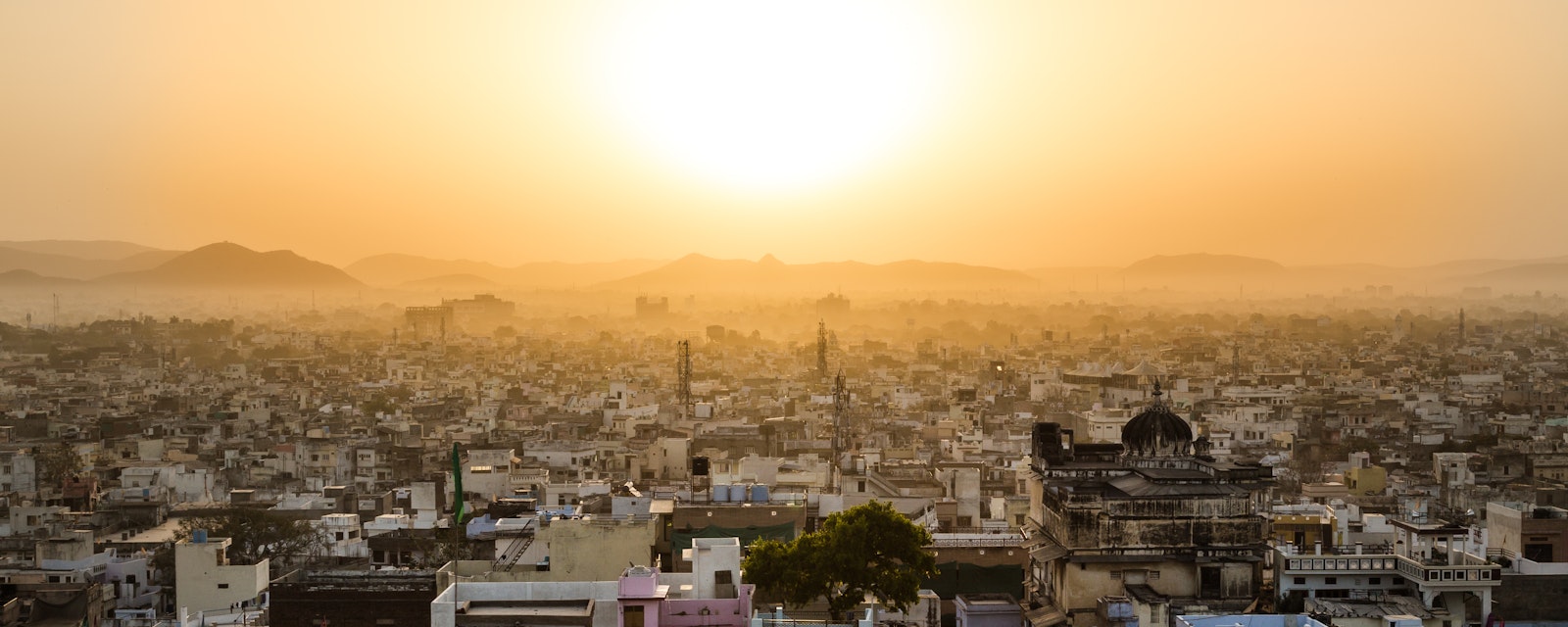The ruling coalition has had to face a number of electoral reverses recently, giving an impetus to moves towards opposition unity. If the opposition can get its act together, the ruling NDA coalition might find the going tough in 2019, when general elections are due. A good signpost of the opposition’s strength will be the assembly elections in the north Indian states of Madhya Pradesh and Rajasthan due in November this year.
For the first time since the Narendra Modi-led National Development Alliance (NDA) government – in which his Bharatiya Janata Party (BJP) is the dominant partner – came to power in 2014, there is disquiet in the ruling coalition. In half a dozen by-elections across India (for seats vacated in both provincial assemblies and the lower house), the opposition has managed to defeat the BJP, in some cases winning by margins larger than previous elections. In elections to the assembly of the Karnataka province, the BJP emerged as the single largest party with a dramatic rise in seats held (up from 40 earlier to 104) but fell short of the numbers to form a government. More to the point, two disparate parties – the Congress and the Janata Dal Secular – came together only to ensure the BJP was denied that chance. The Telugu Desam Party, an important alliance partner of the NDA, has shifted sides to join the opposition. With less than a year to go for general elections that are due in May 2019, the BJP’s political fortunes seem to be on the wane.
The party is concerned – less because of the loss of seats but more because the opposition unity could present a major threat in the elections to come. It is now statistically clear that if the opposition manages to prevent a division of votes by reaching an agreement to field one joint candidate against the BJP’s, it has a better chance of defeating the ruling coalition in India’s first-past-the-post election system. Voicing this worry, Prime Minister Modi warned an election rally recently that
‘enemies’ of his party were coming together in an unscrupulous arrangement only to defeat the BJP and the party’s supporters should be aware of the design.
A shot at power?
However, the opposition is rife with contradictions. They do not have a common program or manifesto; in many states, the Congress, which has a national presence, is a rival of a regional party. In some cases, regional parties in the opposition are opposed to each other. There is no clarity as yet on who the opposition candidate for prime minister will be – many parties believe that the Congress that tends to arrogate the job for itself should not be given a chance in 2019. Moreover, while regional parties have less to lose by joining with the Congress, an alliance with a regional rival will seriously limit the Congress’s capacity to grow its base.
Despite all these reservations, the Congress is making efforts to cobble together a credible opposition coalition, recognizing that another spell of being out of power would be disastrous as funding and support is slowly drying up. It is a formidable challenge: Modi continues to be wildly popular despite recent electoral reverses. He is a superb communicator, and he is not averse to using coercive arms of the state like the Central Bureau of Investigation (CBI) against political rivals, tying them up in long-drawn litigation. But some missteps by the government like demonetization have hit the economy badly, leading to extensive job losses. Farmers are on the warpath reminding the BJP of its promise that they would be given remunerative prices and demanding subsidies. Small, less agile businesses are resentful of having to pay tax through the new Goods and Services Tax (GST).
The BJP is confident that despite some unpopular moves it will be voted back to power for another spell in 2019 because the opposition lacks credibility and is weighed down by internal contradictions. But the party also concedes that its numbers might come down, and it may need to seek the help of some of the very parties that it is now criticizing. In some provinces, like Uttar Pradesh (India’s biggest and most populous state), the BJP currently holds 71 out of 80 seats. It may be hard to replicate this performance.
The immediate test will be the assembly elections in the north Indian states of Madhya Pradesh and Rajasthan due in November this year. The BJP is in power in both. If the opposition can dislodge it from even one, maybe both, efforts at unity will likely get stronger.





